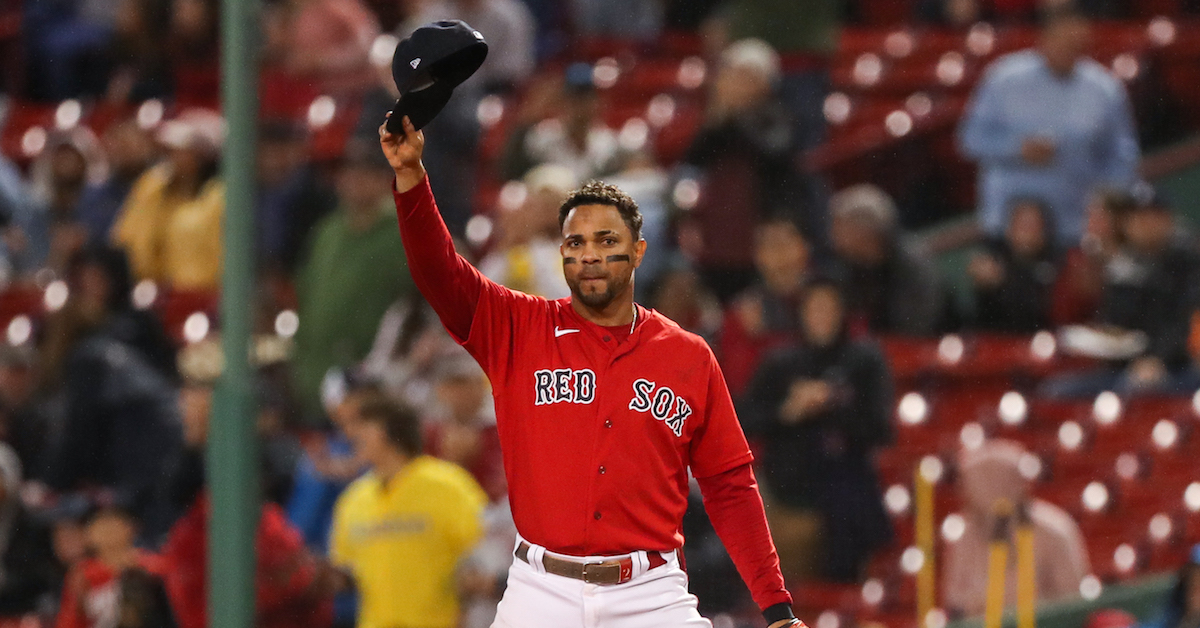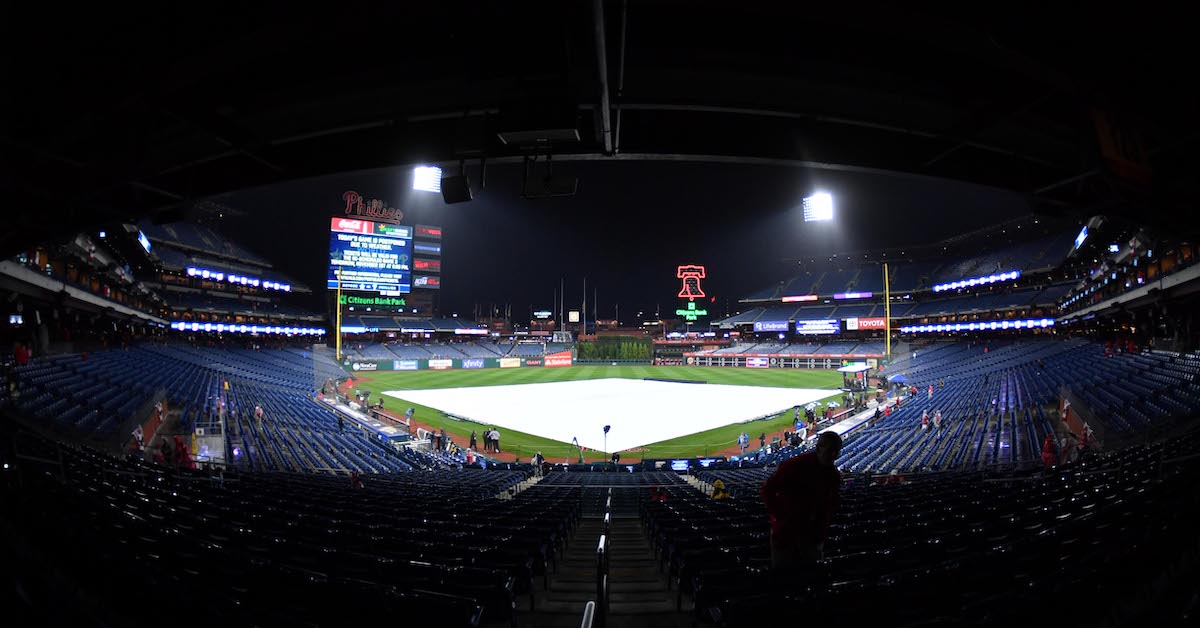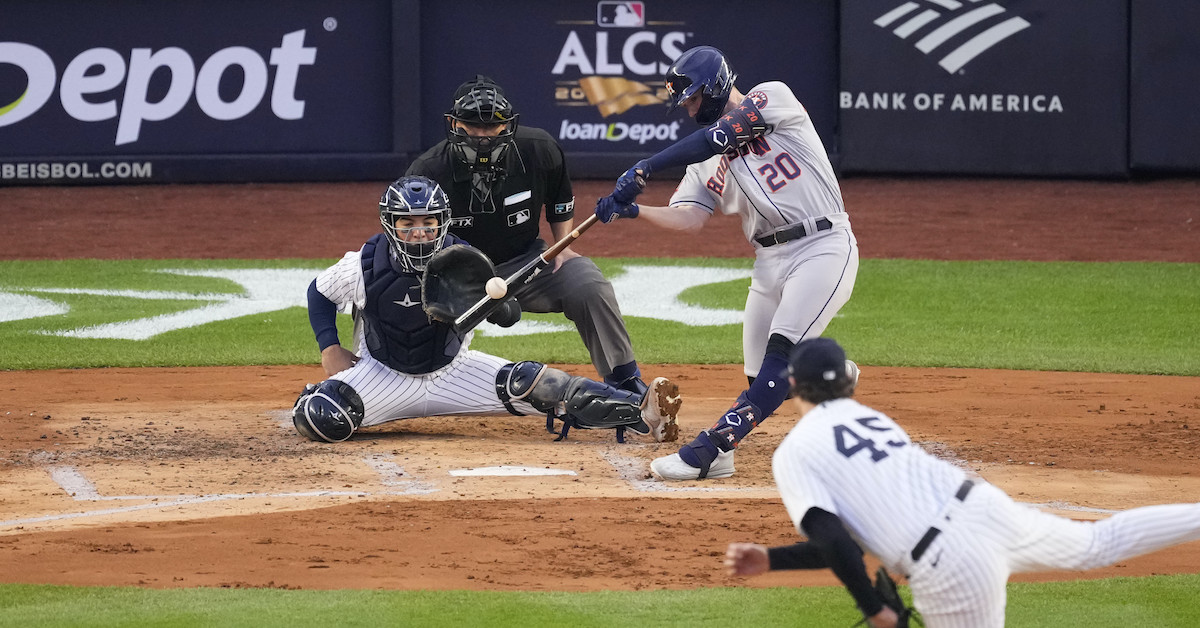Toronto Blue Jays – Entry Level Opportunities
The Toronto Blue Jays are seeking highly motivated and creative entry level employees to assist with day-to-day tasks within various areas of their Baseball Operations department, including but not limited to Scouting, Player Development, High Performance, and Research and Development/Analytics. The start and end dates are flexible depending on candidate availability and both full-season and partial-season candidates will be considered. These positions will be based in Toronto, ON; Dunedin, FL; or one of our affiliate locations throughout Canada, the United States, and Dominican Republic. All positions are paid.
There are several roles with different primary focuses, with more detail on each broad type of position provided below. To the extent that you’re interested in a specific focus you may reflect that in your application, but you only need to submit one application to the program and all applications will be considered for possible fits. These job categories are intentionally broad, and a successful candidate may be considered for a role that involves a blend of these responsibilities, or in an entirely different area that is more suited to their unique experiences and skills.
Across all roles, the Blue Jays are seeking:
- Demonstrated passion for baseball and excellent reasoning, problem-solving, creative thinking, and communication skills.
- Strong interpersonal skills to communicate effectively with a wide range of individuals.
- Demonstrated ability to work independently and self-direct work.
- Excellent attention to detail and time management skills.
- The ability to work evenings, weekends, and holidays as required by the baseball calendar.
The Blue Jays see diversity and employment equity as foundational to creating a successful culture. Applicants who may not traditionally feel empowered to apply for a job in this field are strongly encouraged to apply. Please feel free to include any questions about the role with your application, or reach out to baseballresumes@bluejays.com.
Player Development Technology
In this role, candidates passionate about working directly with coaches and players will be embedded with teams at the Blue Jays’ development complexes (Dunedin, FL and Boca Chica, D.R.) and affiliate teams (Dunedin, FL; Vancouver, BC; Manchester, NH; Buffalo, NY). On a daily basis, you will be with your team as the point person for video, technology, and data resources. This may include helping to deploy and operate technology both in practice and game settings, organizing/cataloguing/reviewing video and data, helping to define and track player goals, and supporting longer-term R&D and Player Development projects. You will also assist with the logistical needs of the team (including Minor League Operations, Nutrition, and High Performance departments), as well as on-field activities (BP, fungos, catching pens). Fluency with Microsoft Office is required; experience with a range of baseball-related data capture systems (BATS, Portable Trackman, Rapsodo, Diamond Kinetics, etc.) would be helpful, as would experience with video editing and review software. Spanish proficiency is also helpful, and may be required in some cases.
Player Development Coaching
With roles at each of the Blue Jays’ development complexes (Dunedin, FL and Boca Chica, D.R.) and affiliate teams (Dunedin, FL; Vancouver, BC; Manchester, NH; Buffalo, NY), candidates interested in growing their careers in data-driven player development will support all functions of the team coaching staff. While helping players and coaches prepare for games on a nightly bases is a main focus, in this role you will have the ability to support and influence development goal setting and tracking, on-field practice design and implementation, and data tagging, organization, and review. In this role you will also support video and data capture in pre-game settings, documentation of action plans and other player updates, as well as supporting logistics related to player and coaching needs. Depending on the candidate, on-field duties (eg. coaching 1B, coaching/catching bullpens, etc.) may be part of semi-regular or regular duties. Experience with hands-on coaching of athletes is helpful but not required, as is experience with technical tools like SQL, R, or Python. Strong knowledge of Microsoft Office is a necessity, and Spanish proficiency may also be required in some cases.
Operations (Scouting, Baseball Operations, Player Development)
Candidates will use their excellent organizational skills and high attention to detail to support the logistical and administrative functioning of the scouting, player development, or baseball operations departments. This could include data entry and cleaning, assisting with the coordination and execution of player evaluation projects, maintaining and organizing video and data resources, and helping to stay on top of departmental administrative functions (expense reports, compiling statistics and rosters, meeting logistics, etc.). If supporting our Player Development department, you may be asked to help integrate technology into on-field work, administer player plans, translate documents to/from English and Spanish, and help with scheduling for players and staff. Strong knowledge of Microsoft Office, particularly Excel, is important for this role; familiarity with baseball rules and regulations could be an asset, and Spanish proficiency may also be helpful (or required in some cases).
Advance Scouting
In this role, candidates will use their strong knowledge of the game of baseball to support our Major League team in game-by-game and series-by-series preparation. This could include a wide range of activities, such as collecting and organizing statistics for reports, conducting ad-hoc research and analysis on players or baseball generally, watching video to provide written evaluations and insights, and supporting on-field data and video collection. Strong time management and organizational skills are important, and skills with things like R, Shiny, and similar tools would be helpful plusses.
Research & Development
Candidates will use their analytical and programming skills to help identify and research baseball questions. This may include using data organization and cleaning, modelling/machine learning, visualization, and statistical techniques with tools such as R, Python, and SQL. Experience with advanced modelling techniques or other specialized skills (Computer Vision, Neural Networks, Bayesian Modeling, Anomaly Detection, Time Series etc.) would be beneficial, but not necessary. You may present work to a variety of audiences (fellow researchers, front office members, coaches, or players), and may use the results of research to contribute to player evaluations at key junctures. Additional duties may include providing logistical support to major events on the baseball calendar (Draft, Trade Deadline, etc.) and other general departmental support.
Baseball Systems Development
Candidates for this role will help to create, update, and support web applications and databases that are used throughout baseball operations; a moderate to high level of experience in computer science, web and/or database development, software engineering, or a related field is quite important. A portfolio of work showing your past experiences in these areas is also helpful. Duties may include working with end users to gather requirements, engineering systems to acquire and database new datasets, or doing front-end web design work on baseball information systems. You will have the opportunity to experience and provide logistical support to key points on the baseball calendar.
Biomechanics/Sports Science
Candidates for this role have a strong academic background in Biomechanics, Physics, Sports Science, or a related field and are passionate about applying their expertise to baseball. This could be in a research/data analysis focused capacity, a role that is more hands-on with players and other development and performance staff, or somewhere in the middle. In all cases, you would work closely with player development, R+D, and high performance staff to collaborate on research, contribute to player development goals, and support data capture and organization. You would be expected to individually stay on top of the latest research and resources in the field of biomechanics and sports science. Experience with statistical programming, modelling, and visualization tools is very helpful, but not required.
To Apply:
To apply, please follow this link.
The content in this posting was created and provided solely by the Toronto Blue Jays.








